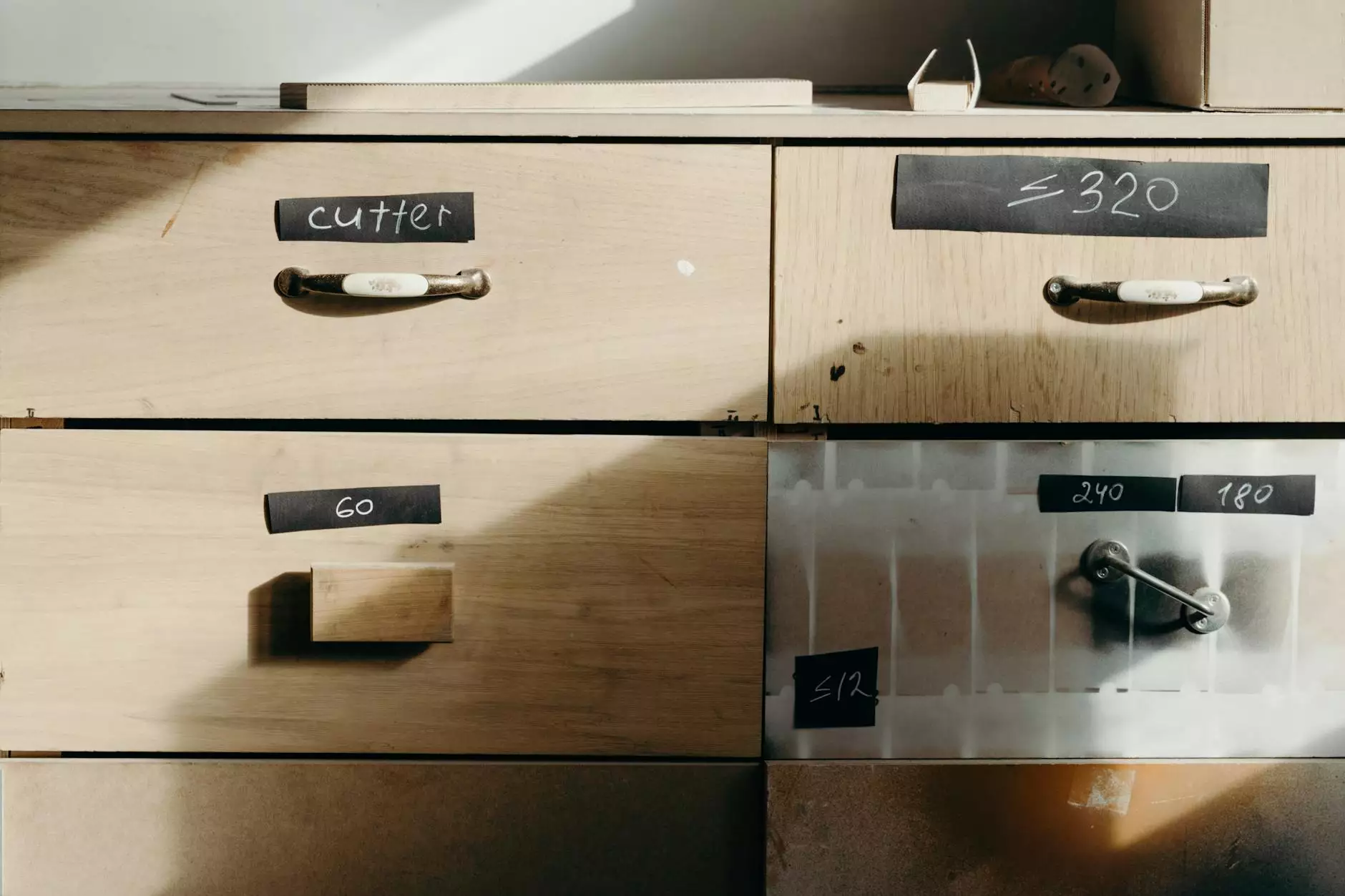Understanding Toe Bunions: Causes, Treatment, and Prevention

A toe bunion, medically known as a hallux valgus, is a common foot condition that can affect individuals of all ages, though it is more prevalent among women. This article dives deeply into the nature of bunions, their causes, treatment methods, and ways to prevent their progression.
What is a Toe Bunion?
A toe bunion is characterized by a noticeable bump at the base of the big toe. This deformity occurs when the big toe is pushed toward the other toes, causing the joint to protrude outward. As the bunion develops, it can lead to significant discomfort, potentially debilitating foot problems, and an altered walking pattern.
Causes of Toe Bunions
The exact cause of a toe bunion can vary from person to person, but several factors contribute to its development:
- Genetics: A family history of bunions can increase the risk of developing them.
- Footwear: Wearing tight, narrow, or high-heeled shoes can exacerbate bunion formation.
- Flat Feet: Individuals with flat arches are at a greater likelihood of developing bunions.
- Arthritis: Inflammatory conditions such as rheumatoid arthritis can lead to bunion development.
- Injury: A history of foot injuries may contribute to abnormal joint alignment.
Symptoms of Toe Bunions
Recognizing the symptoms of a toe bunion is essential for early intervention. Common symptoms include:
- Pain and Discomfort: Chronic pain at the bunion site can worsen with activity.
- Swelling and Redness: The bunion area may become inflamed and tender.
- Limited Range of Motion: Difficulty moving the big toe can occur.
- Calluses or Corns: These often develop over the bunion or between the toes due to friction.
Diagnosis of Toe Bunions
If you suspect that you have a bunion, it is essential to seek a professional diagnosis from a podiatrist. The diagnostic process may include:
- Physical Examination: A thorough examination of your feet and how you walk can provide insights into the severity of the bunion.
- X-rays: Imaging can help determine the alignment and degree of joint damage.
Treatment Options for Toe Bunions
Treatment for a toe bunion focuses on relieving pain and preventing further deformity. Options include:
Non-Surgical Treatments
- Footwear Modifications: Switching to shoes that provide adequate room for the toe can alleviate pressure.
- Padding and Orthotics: Custom orthotics or bunion pads can help cushion the area and improve alignment.
- Ice Therapy: Applying ice can reduce swelling and pain.
- Medications: Over-the-counter pain relievers like ibuprofen or acetaminophen can provide temporary relief.
- Physical Therapy: Exercises may help improve joint flexibility and strength.
Surgical Treatment
If conservative treatments fail to provide relief and the condition significantly impacts daily activities, surgical intervention may become necessary. Surgical options include:
- Bunionectomy: The most commonly performed surgery to remove the bunion and realign the toe.
- Osteotomy: Restructuring the bones of the toe to correct its alignment.
- Arthrodesis: Fusion of the joint can be performed in severe cases of deformity.
Preventing Toe Bunions
While some risk factors, such as genetics, cannot be altered, there are several proactive measures you can take to reduce your risk of developing a toe bunion:
- Choose Proper Footwear: Opt for shoes that provide adequate space for your toes and good arch support.
- Avoid High Heels: Limit the use of high-heeled shoes that place excessive pressure on the toes.
- Maintain Healthy Foot Habits: Regular foot exercises can improve strength and flexibility.
- Monitor Your Foot Health: Regular check-ups with a podiatrist can help catch potential issues early.
The Importance of Seeking Professional Help
>It is crucial not to ignore the symptoms of a toe bunion. Seeking professional help from a qualified podiatrist, such as those at thefootpractice.com, can provide tailored treatment options that consider your unique situation. Podiatrists are trained to handle various foot-related issues and can offer the most effective solutions available today.
Conclusion
Toe bunions are more than just a cosmetic concern; they can significantly impact mobility and quality of life. Understanding the causes, symptoms, and treatment options available for toe bunions is vital for proactive management. By choosing appropriate footwear, maintaining foot health, and consulting with healthcare professionals, individuals can mitigate the risks and effects of bunions.
If you or someone you know is struggling with bunions, don't hesitate to reach out for professional assistance. The team at thefootpractice.com is committed to providing the best foot care and guiding you on your journey to healthier feet!









